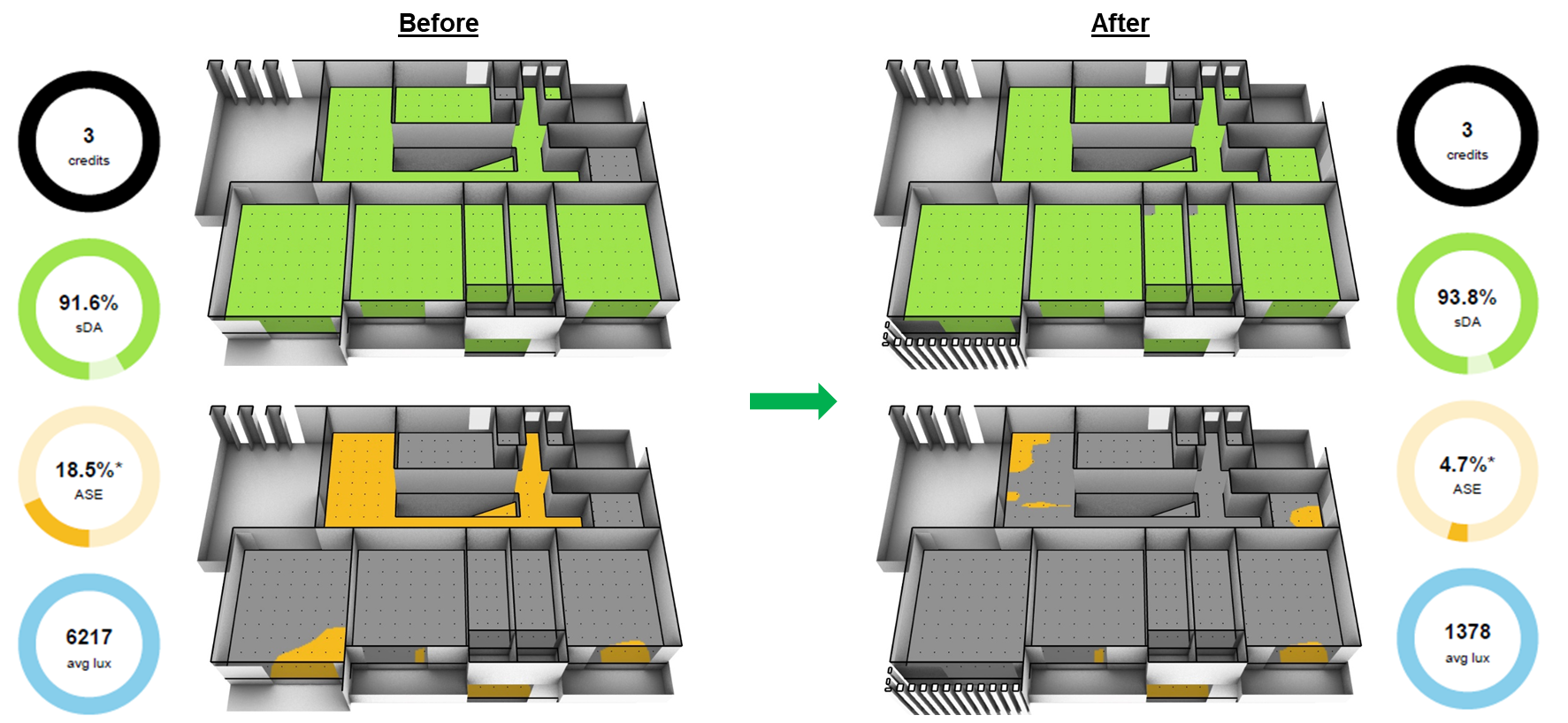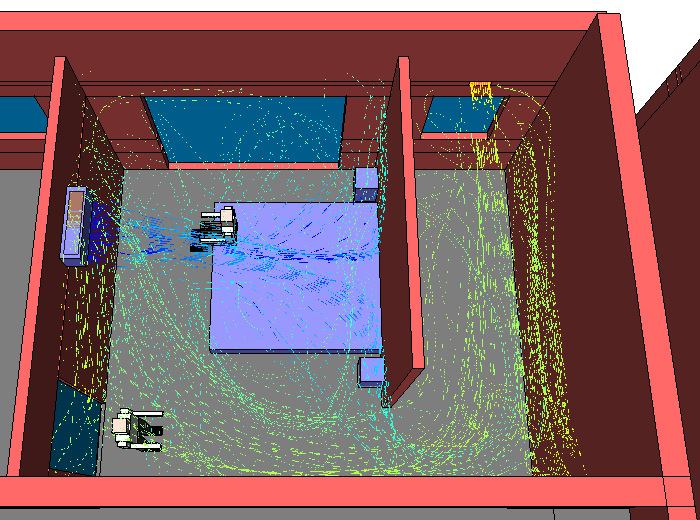
Humans spend 90% of their time indoors
According to a study by the World Health Organization, humans spend an average of 90% of their time indoors. This includes homes, offices, schools, hospitals, and shopping malls. This shows that the living environment plays an important role in human health and quality of life.
Ensuring a comfortable and safe living environment
A comfortable and safe living environment is one that meets the health, mental, and physical needs of humans. Specifically, a comfortable living environment includes the following elements:
- Air quality: The indoor air must be clean, free of pollution, and contain enough oxygen for breathing.
- Natural light: Natural light helps humans feel comfortable, relaxed, and improve their health.
- Temperature and humidity: The indoor temperature and humidity must be adjusted to meet human needs. Care must be taken to avoid being too hot or too cold.
- Sound environment: The indoor sound environment must be quiet. Noise can have a negative impact on health and mental health.
Living environment and building function
A comfortable and safe living environment plays an important role in the function of buildings. Specifically, it has the following roles:
- Improved work efficiency: A comfortable and safe work environment helps workers feel comfortable, focused, and work more productively.
- Improved quality of education: A comfortable and safe learning environment helps students and students feel comfortable, focused, and absorb knowledge better.
- Promotion of business activities: A comfortable and safe business environment makes customers feel comfortable and satisfied, thereby promoting business activities.
Conclusion
Ensuring a comfortable and safe living environment is an important challenge. Buildings must be designed and constructed to meet the requirements of the living environment. This can improve human health and quality of life.
-
Evaluation and solutions for ventilation systems
According to a study by the World Health Organization, indoor air pollution is responsible for about 4 million deaths each year. Indoor air pollutants can include dust particles, emissions from household appliances, cigarette smoke, and outdoor pollutants such as dust and air pollution.
To evaluate the ventilation system of a building, the following factors need to be considered:
- Air quality: Indoor air must be clean, free of pollutants, and contain enough oxygen to breathe.
- Amount of fresh air: The ventilation system must provide enough fresh air to replace the polluted air in the home.
- Air speed: The air speed in the home must be appropriate, not too fast or too slow.
Some solutions to improve the ventilation system of a building include:
- Increase natural ventilation: Increase the size of windows and doors to allow air to circulate naturally in the home.
- Install a mechanical ventilation system: A mechanical ventilation system can be used to provide fresh air to homes or offices.
| Before | After | |
|
Temperature (degC) |
||
 |
 |
Velocity (m/s) |
-
Evaluation and solutions for natural lighting
Natural light has many benefits for human health and performance, including:
- Helps improve mood and energy: Natural light helps produce serotonin, a hormone that helps improve mood and energy.
- Reduces the risk of chronic diseases: Natural light helps regulate the body's circadian rhythm, which can help reduce the risk of chronic diseases such as obesity, diabetes, and heart disease.
- Increases performance: Natural light helps improve concentration and attention, which can lead to increased work performance.
To evaluate the natural lighting system of a building, the following factors need to be considered:
- Amount of natural light: The amount of natural light entering the home must be sufficient to meet the needs of the users.
- Distribution of natural light: Natural light must be evenly distributed throughout the home to ensure that everyone is exposed to natural light.
- Quality of natural light: Natural light must be clean and free of pollution.
Some solutions to improve the natural lighting system of a building include:
- Increase the size of windows: Increase the size of windows to let natural light into the home.
- Use tempered glass: Tempered glass has better light transmission properties than ordinary glass.
- Use curtains: Curtains can be used to adjust the amount of natural light entering the home.

-
Evaluation and solutions for achieving thermal comfort
Thermal comfort is the feeling of comfort about the temperature and humidity in the living environment. Thermal comfort is related to human health, happiness, and productivity.
To evaluate the thermal comfort of a building, the following factors need to be considered:
- Temperature: The temperature in the home must be appropriate to the needs of the users.
- Humidity: The humidity in the home must be appropriate to the needs of the users.
- Air movement: The movement of air in the home must be appropriate to help users feel comfortable.
Some solutions to improve the thermal comfort of a building include:
- Use heating and cooling systems: Heating and cooling systems can be used to adjust the temperature in the home.
- Choose the right building materials: Building materials can affect the temperature in the home.
- Increase ventilation: Ventilation can help adjust the humidity in the home.
In conclusion, the evaluation and improvement of ventilation systems, natural lighting, and thermal comfort are important factors to ensure a comfortable and safe living environment for humans.
| Before | After | |
 |
||
 |
 |
 |
--------------------------------------------